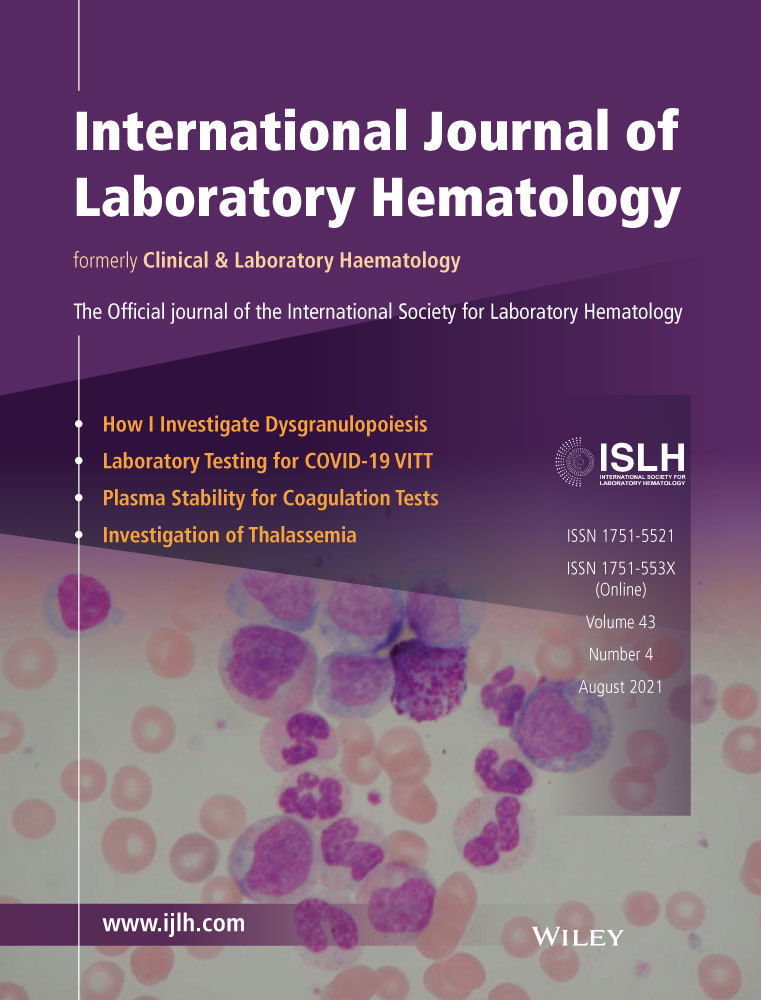Evaluation of the accuracy of immature granulocyte percentage in predicting pediatric serious bacterial infection
Abstract
Introduction
Serious bacterial infections (SBI) are major causes of mortality and morbidity in children. The aim of this study was to determine the accuracy of the immature granulocyte (IG) percentage in predicting SBI.
Methods
Patients admitted to the pediatric emergency department with fever were divided into two groups: with SBI and with non-SBI. White blood cell (WBC) count, absolute neutrophil count (ANC), C-reactive protein (CRP), and the percentage of IG value were recorded, and their accuracy in predicting SBI was evaluated.
Results
Sixty-one (14.3%) patients fell into the SBI group and 367 (85.7%) were with non-SBI. Mean IG percentage among SBI patients was 0.84 ± 1.21 and 0.27 ± 0.20 for with non-SBI patients (P = .001). Based on disease, the highest IG percentage was found in patients diagnosed with sepsis (IG 3.7 ± 3.5%) and with bacterial meningitis (IG 1.6 ± 1.3%). The area under the curve (AUC) of IG percentage to predict SBI was 0.83 with 95% confidence interval (CI) [0.78-0.88]; WBC was 0.76 (95% CI 0.70-0.83); ANC was 0.73 (95% CI 0.67-0.80), and CRP was 0.79 (95% CI 0.73-0.85). When infection markers were compared to the most appropriate cut-off values in predicting SBI, IG percentage showed the highest sensitivity and specificity. When the cut-off value was determined as >0.35 for IG percentage, sensitivity was 75.4% and specificity was 76.6% in predicting SBI.
Conclusion
Patients with SBI had a higher IG percentage. Compared to other biomarkers, IG percentage had higher sensitivity and specificity in predicting SBI.
CONFLICT OF INTEREST
We have no conflicts of interest to disclose.
Open Research
DATA AVAILABILITY STATEMENT
The data that support the findings of this study are available from the corresponding author upon reasonable request.




